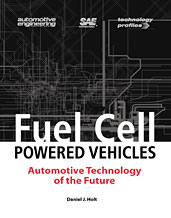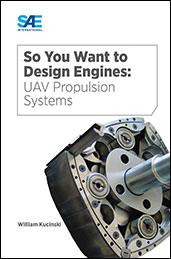Book

Fuel Cell Powered Vehicles
2001-06-08
This comprehensive report closely examines automakers' multibillion-dollar development of fuel cell technology and its potential to revolutionize the automotive industry. With the likelihood that fuel cells will be used in mass-produced vehicles as early as 2003 - nearly a decade earlier than previous estimates - the fuel cell powered vehicle is expected to make up about 7% of the total market share by 2011. This report is the most current and complete source of information on this innovative technology.


